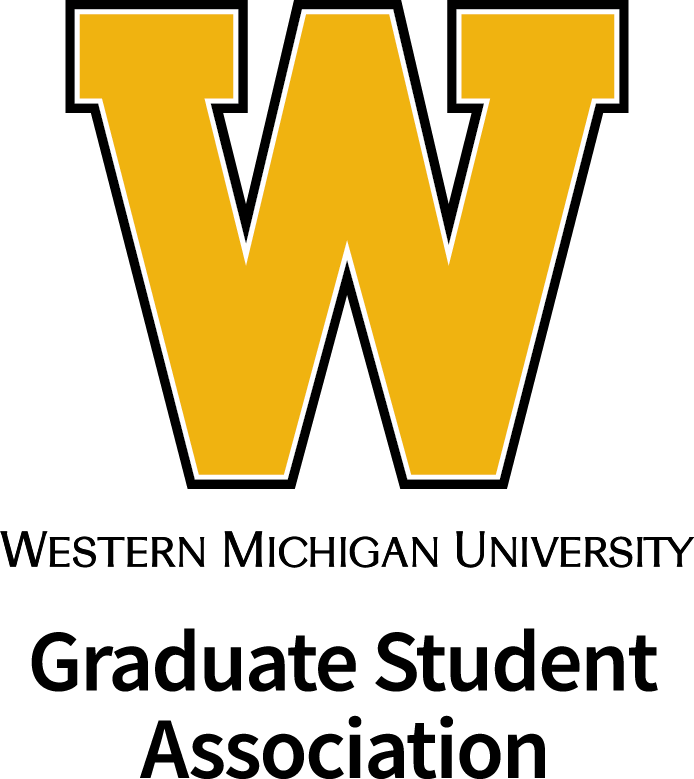Abstract
The present work aims to study the efficiency of coagulation/ flocculation as pretreatment then using membrane technology, microfiltration (MF) and Reverse Osmosis (RO), for treatment of water of Third River in Nasiriyah city in Iraq. Effects of operating parameters such as coagulant dosage, speed and time of slow mixing step and settling time in the pretreatment stage were studied. Also feed turbidity and TSS in the MF stage were studied. Also feed concentration, temperature and operating time, in the RO stage were studied. The results showed that the optimum dosage for alum was 40, 45 and 50 ppm. While, for ferric chloride it was 20, 25 and 30 ppm and for polyelectrolyte 6, 8 and 10 ppm for 30, 50 and 100 NTU initial turbidity respectively. The optimum speed of 2nd step was 25 rpm for each of alum (40 ppm), ferric chloride (20 ppm) and polyelectrolyte (6 ppm). While the optimum time of 2nd step was 30 min for each of alum (40 ppm), ferric chloride (20 ppm) and polyelectrolyte (6 ppm) and settling time was 30 min for each of alum (40 ppm), ferric chloride (20 ppm) and polyelectrolyte (6 ppm). It was found that turbidity and TSS increases by increasing the inlet turbidity and TSS and the results showed that 5 μm MF allows water to pass more than 1 μm MF.
Also it was found that salts concentration in product increases by increasing feed concentration and temperature. Rejection percentage was (90.5 – 95.716 %) and recovery percentage of product water was (1.571 – 16.857 %) for polyamide membrane (TFC). In the case of concentrate recirculation, feed concentration, permeate concentration and volume of permeate increases with increasing in operating time and 3.186 liter of potable water was recovered from 25 liter feed after 50 minutes.
Recommended Citation
Al-Alawy, Ahmed Faiq; Madlool, Jaafar Jabbar; and Neamah, Ali Ibrahim
(2015)
"Potable Water Production from Third River in Nasiriyah City,"
The Hilltop Review: Vol. 7:
Iss.
2, Article 10.
Available at:
https://scholarworks.wmich.edu/hilltopreview/vol7/iss2/10

